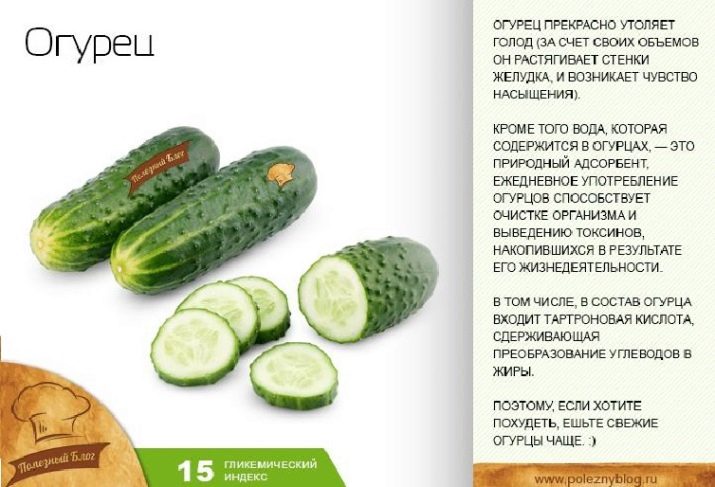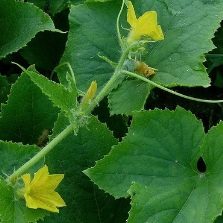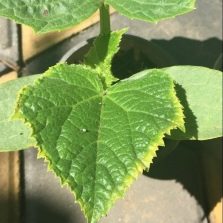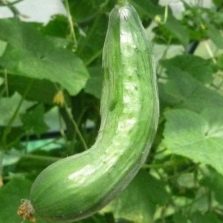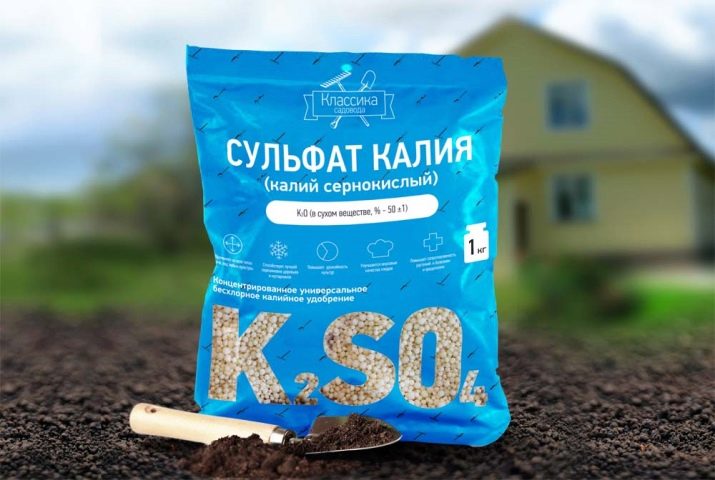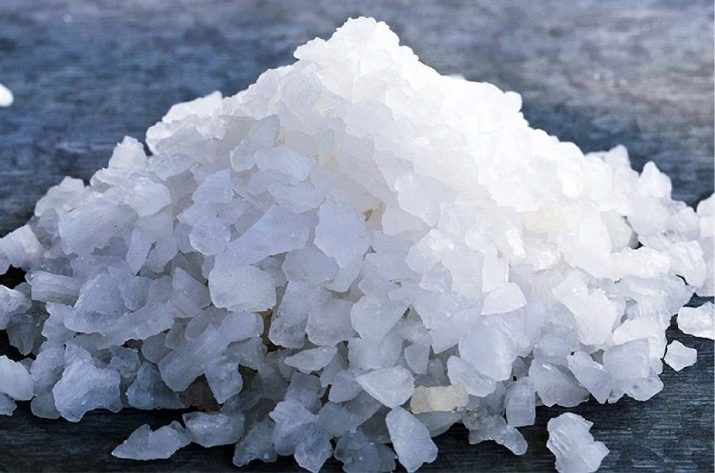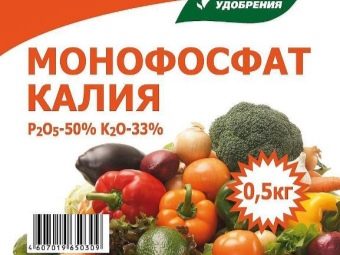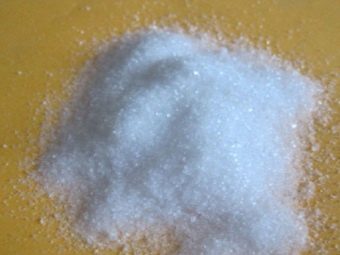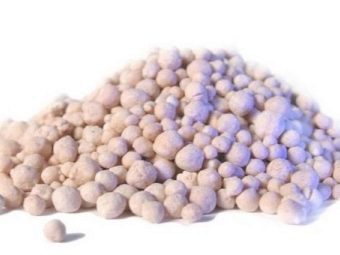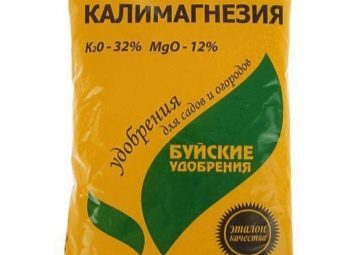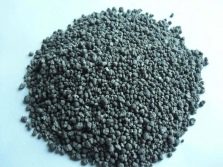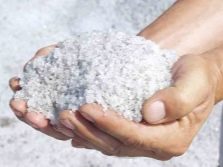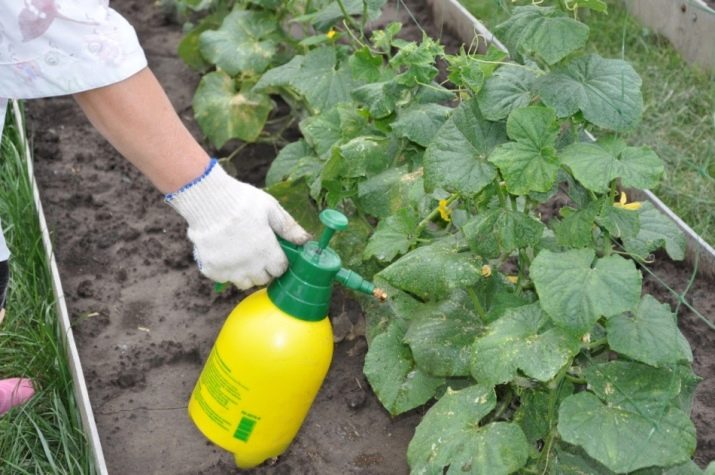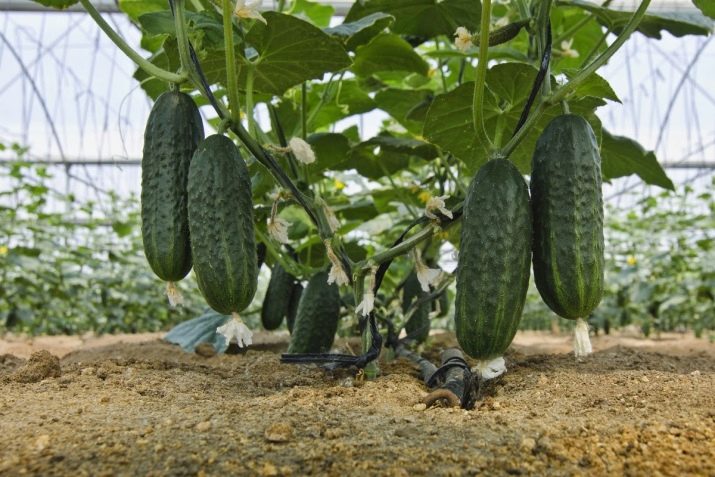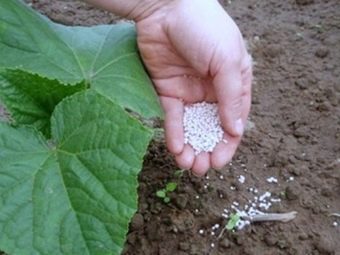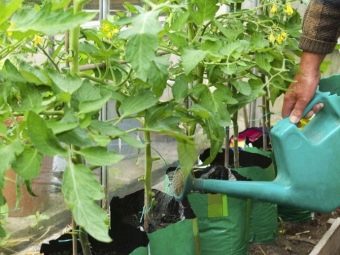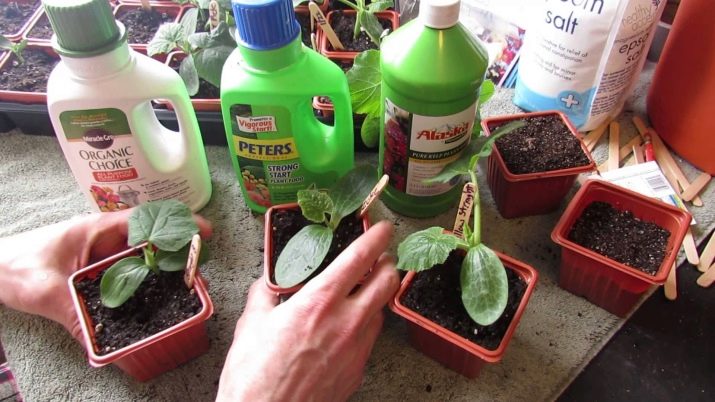Potash fertilizer for cucumbers: what is useful and how to use?
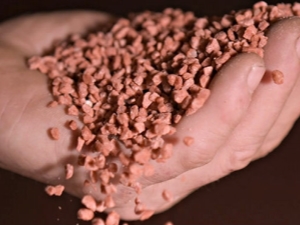
All vegetable crops have one or another specificity. This fully applies to cucumbers.It is believed to use for them carefully selected fertilizers and growing methods.
Features of culture
Growing cucumbers began many centuries ago, and since then they have become one of the staple foods in our country. Changes of states and economic formations, wars and upheavals have no power over them. Cucumber fruits are good and fresh, and after canning, and in the marinade. Vegetables contain:
- carotene;
- sodium;
- folic acid;
- iron;
- other useful substances.
Cucumbers encourage appetite, promote the digestion of protein and fat. Low calorie and the ability to fill the stomach contribute to the fight against overweight. Cucumber has a stem of considerable length, which gives the shoots of the first, second line and so on. The roots of the plant belong to a branched branched type. Their formation is determined by the type of soil and weather conditions.
During the fruiting period, as in the other stages of cultivation, it is extremely important to observe a clear water and thermal regime. You should not grow cucumbers, if the air temperature does not rise steadily over +15 degrees. And ideally, it is required, in general, + 25 ... 30 degrees, because the vegetable comes from hot countries, which left a significant imprint on it. Cold wet periods affect the plant even worse than prolonged desiccation. To guarantee the benefits of the fruit and their normal growth, to protect the planting of cucumbers from diseases, you certainly need additional feeding with the use of potassium.
How to recognize the lack of potassium?
The demand for certain microelements by cucumbers is not permanent, it is influenced by the vegetation stage. Important: the plant requires almost all mineral components, with the exception of chlorine. Lack of potassium leads to the fact that other nutrients can not be transferred normally from the root system to the shoots. Therefore, when this microelement is not enough, it is impossible to count on the full development of plantings and the collection of high-quality crops. But when it is enough, it turns out just such cucumbers, which are most valued on the table.
Signs of acute potassium demand are as follows:
- minimal ovary formation or lack thereof;
- too elongated whips;
- dark green foliage;
- the appearance of dried yellow edges on the leaves;
- excessive wateriness and bitterness of the fruit.
It is important to know and symptoms of excess potassium. It is manifested primarily in the pallor of foliage, in its inexpressive coloring. Another sign is a slowdown in growth. Excessive concentration of the trace element makes nitrogen absorption difficult. You can also find signs of slow absorption of other useful substances, even against the background of their normal concentration in the soil.
Types of dressings
Potassium deficiency overtakes cucumber plantations much more often than its excess. And therefore it is very important to know what various feedings are like, how to handle them in practice. First of all, it is useful to know about the properties of potassium sulfate, it is potassium sulphate - this additive is suitable both in free land and in greenhouses. In appearance, the preparation is a white powder with a slight gray tint. The water solubility is good, the chemical composition of the fertilizer includes potassium itself (about ½), and it also has:
- oxygen;
- calcium;
- magnesium;
- sulfur.
A positive feature of sulfate is that it does not include chlorine hazardous to health and plants. The stores sell packages of sulfate 0.5-5 kg. Fertilizer has a positive effect on any soil, including saturated with peat, sand or gray earth.
In the sands dressing moves without any problems. But if the site is composed of loams, it is worth making it closer to the roots to increase the efficiency of nutrition.
Storage of potassium sulfate should be organized in a well-closed container in dry places. Fertilizer does not cake, can save its valuable qualities for several seasons in a row.Sulfuric acid reagent is not prone to fire and can be transported without extra precautions. It should be remembered that contact with sulfate may cause irritation, and therefore requires the use of protective clothing. Potassium humate is not synthesized artificially, it is extracted from natural raw materials:
- remnants of vegetation;
- manure;
- peat;
- even from silt.
It is necessary to clearly distinguish between humates ballast (growth stimulants) and those without ballast (fertilizers in the true sense of the word). Their use contributes not only to an increase in the productivity of plants, but also to the optimal presentation of the harvested crop. With the skillful use of humates, the need for nitrogen supplements can be reduced to 50% of the normal rate. Most gardeners and farmers prefer liquid peat mixture. It helps to prolong the time of effective fruiting and increases the immune strength of cucumbers.
Potassium monophosphate is no less popular. This substance should normally be light brownish or beige; yellowness of the composition indicates violations of production technology.
It is recommended to purchase this fertilizer in the form of granules, because the powder can not be used except in an aqueous solution. The granulated mixture can not only be dissolved, but also shut, while the liquid can be safely taken from a well or a well, and not from a single aqueduct.
Potassium monophosphate is absorbed by all parts of the plant, it is harmoniously combined with any pesticides even with simultaneous use.
Nitrogen-potassium nutrition of cucumbers helps the effective development of the root system and above-ground shoots. The best way to organize such dressing is specially grown siderata, this is the best home remedy. If we talk about the brand-name drugs of another series, attention should be paid to such a composition as "Kalimagneziya". It does not find special use in large farms, but in a separate summer cottage or garden plot it is useful to simultaneously include magnesium, potassium, and sulfur with an extremely low concentration of chlorine.
It is unacceptable to buy "Kalimagneziya", produced closer than 200 km from the Chernobyl nuclear power plant exclusion zone; The minimum distance to nuclear power plants and coal mines is 50 km.
How to cook?
The need for fertilizers is beyond doubt, but still most gardeners fear the effects of factory-released mixtures. Whether this is justified or not is a topic for another conversation; what is important now is that the preparation of potash with your own hands is quite possible. In the flowering phase, a mixture is used (per 1 sq. M. With weekly treatment):
- superphosphate - 1.5 g;
- ammonium sulfate - 1 g;
- Potassium salt - 1 g.
Top dressing with such mixtures is carried out:
- once after germination;
- twice during flowering and fruit formation;
- later - on the external signs of mineral starvation.
How to make?
Fertilizers are applied, observing certain rules and terms.
Timing
It is very important to feed cucumbers with potash fertilizers, but it requires strict adherence to normal processing times. "Kalimagneziya" is mainly introduced in the autumn or spring, when the land is being prepared. In the autumn it is necessary to introduce more feeding, from 0.135 to 0.2 kg; in the spring months, and 0.11 kg per 1 square. m. In these two cases, it is important to irrigate the fertilized soil and dig it well.
Greenhouse plants are fed exactly the same when gardening, but the concentration of additives is reduced.
rules
Recommended use of "Kalimag" under the root in liquid form (15-25 g per 10 l of water), as well as in the form of dry fertilizer, which consumes 20 g per 1 m2 with subsequent watering with warm water. Farmers with experience have long abandoned the simultaneous mineralization of all their plantations. Usually they test 1 or 2 plants, and only if dressing gave a decent result, other cucumbers are treated. Wait for evaluation will have about 3 days.
As soon as the embryos are formed in the internodes, use a 2% solution of mullein or chicken droppings mixed with 30 g of superphosphate and the same amount of potassium sulfate. Pour the mixture prepared from the watering can at the root. Replace mineral compounds can infusion:
- woodlice;
- nettle;
- slyti.
Its features are feeding cucumber seedlings. On 1 square. m recommended the use of 8 g of potassium sulfate. On the second and third dressings the amount of injected minerals (any) increases 2 times. Potassium sulfate is more acceptable for young plants than chloride, which has toxic properties. It is important to comply with the requirements of the instructions for any brand-name tool, because it takes into account all the subtleties and nuances, allows for security. Extra root feeding of cucumber plantations is different from feeding under the root.
It works faster and allows you to save quite expensive improving substances. 30 g of boric acid and 10 or 12 grains of potassium permanganate are added to 1 liter of water. It is possible to replace foliar treatment with plant reagent using ash solution. The ash in the amount of 50 g is dissolved in 10 l of water and incubated for 24 hours. It is necessary to stir and strain the resulting solution, otherwise it will clog the spray.
Especially high need for foliar feeding on the background of a cool summer. Overcast skies and low temperatures prevent the roots from absorbing nutrients from the earth. Top dressing outside the root is done:
- at the beginning of flowering;
- at the start of fruiting;
- as soon as the productivity of plants decreases.
You will learn more about potash fertilizer for cucumbers in the next video.


